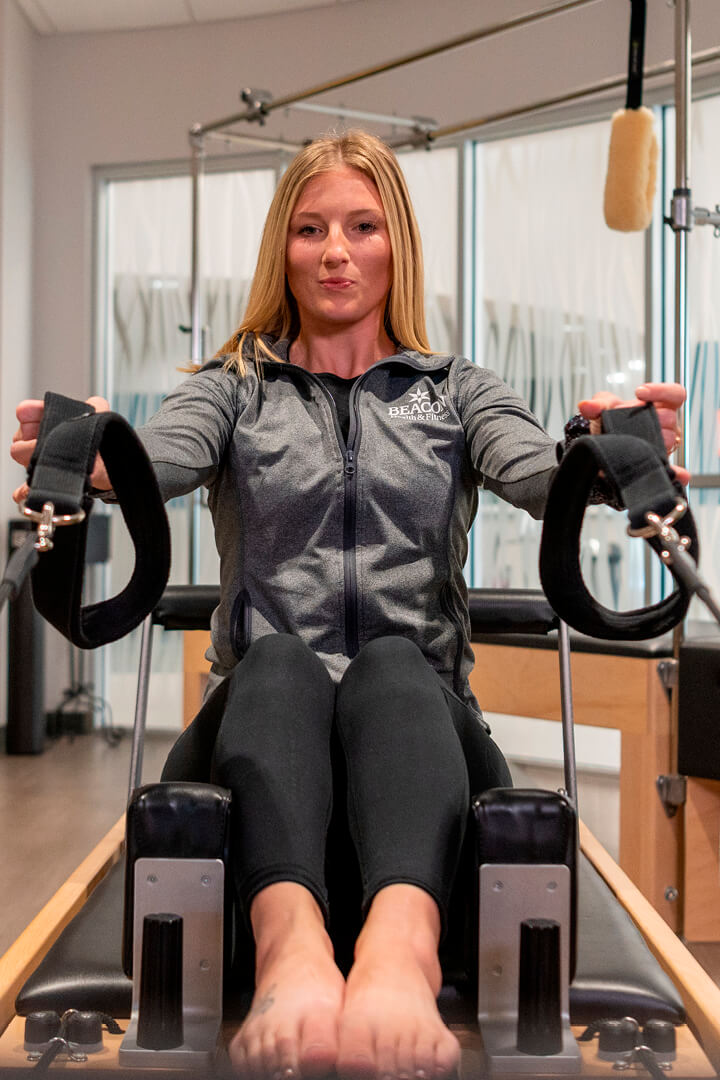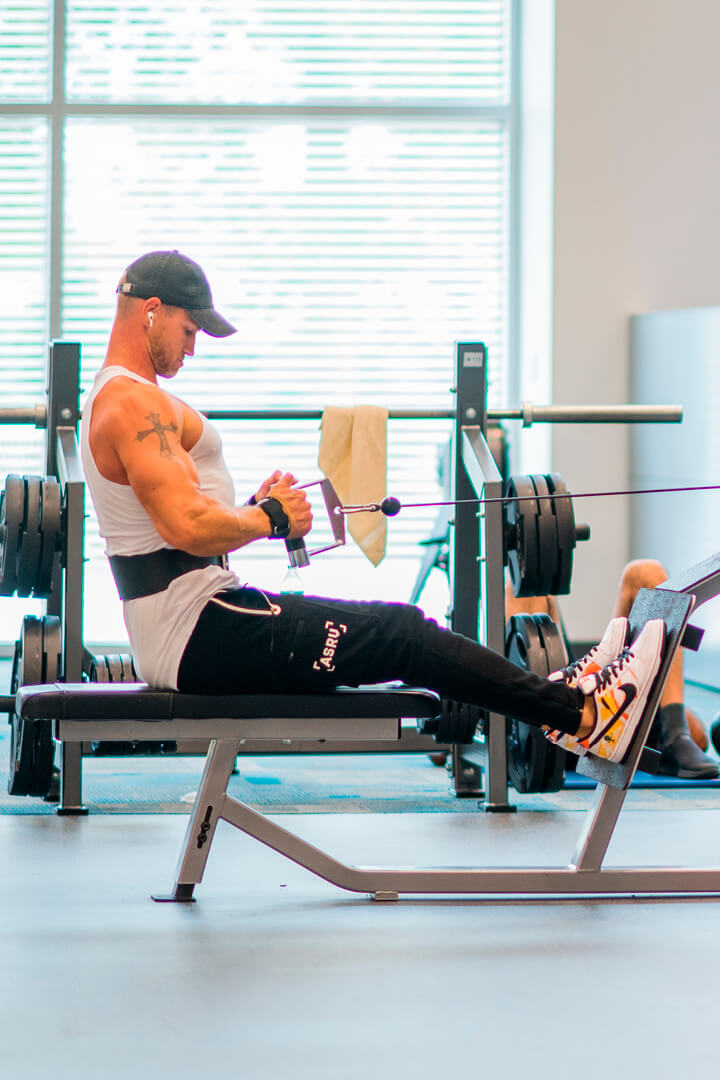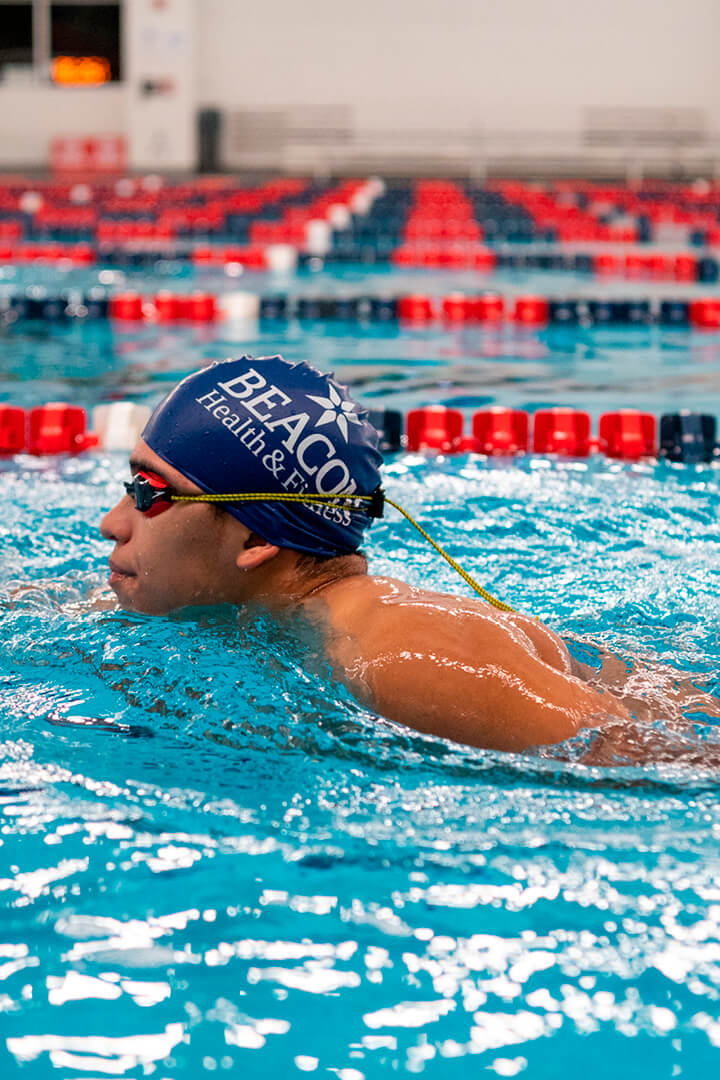Everyone talks about wanting a six-pack (and not the kind you drink), but abdominal muscles are a lot more than the rectus abdominis, the largest, and best-known line of muscle on the front of the mid-section.
The obliques, which allow lateral trunk flexion and rotation, are critical members of the core family. The external obliques are located on each side of the rectus abdominis, while the internal obliques are deeper, closer to the transverse abdominis, the most internal abdominal muscle. Obliques also support hip and back functioning, and for this reason alone can’t be neglected.
Leaning over to the side while seated or standing, lower back pain, and hip instability can all be signs of oblique weakness or imbalances, which is why giving your obliques some training time during your workout is important. The best thing for them? Side planking. Often forgotten in our fervor to front plank, a side plank works them isometrically and can easily help you identify if one side is weaker than the other. But side planks are difficult—even harder than front planks—so a good way to start is often to keep knees bent and on the floor in a modified position. Side planking with your arm on an elevated surface, like a countertop of high table, can also be a good way to ease in.





